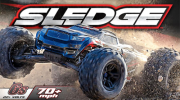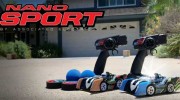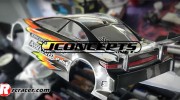JQ Products THE Car – THE Release – Part 5
Here in Part 5, JQ takes us through the steering, shocks and radio tray simplicity..
Steering
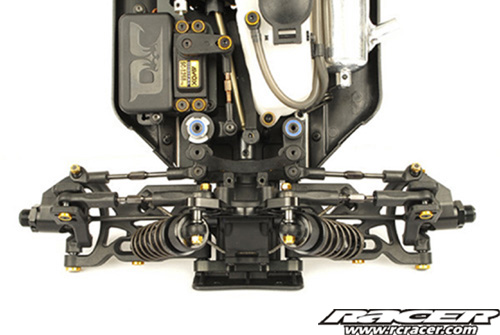
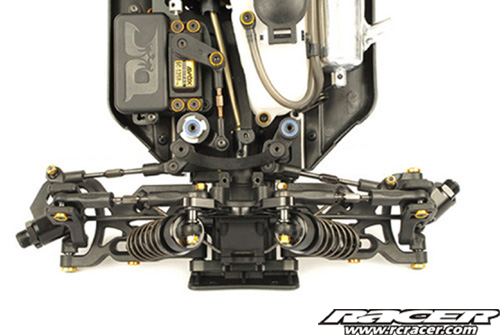
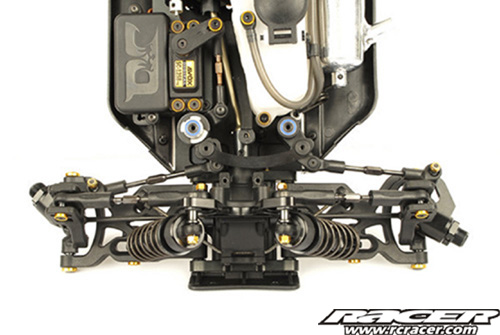
There are currently two main types of steering systems in use in 1:8 scale buggies. The old-school type, which is found on most, for example, Kyosho, Xray and Mugen, where two steering bellcranks are connected by a plate, and the steering links are attached to this plate. With this system the steering will always feel non-linear, meaning that at some point in the corner, and at some speed, the car will turn more than at others. The second steering system type is the one found on for example the Losi. The steering bellcranks are still connected by a plate, but the steering links are connected directly to the bellcranks. With this system the steering is more linear, and it doesn’t seem to have a point where it steers most. With this steering system it seems like the different plates change the overall amount of steering, instead of the point at which the most steering occurs. I preferred this type of steering, so this is the system I incorporated in THE Car design.
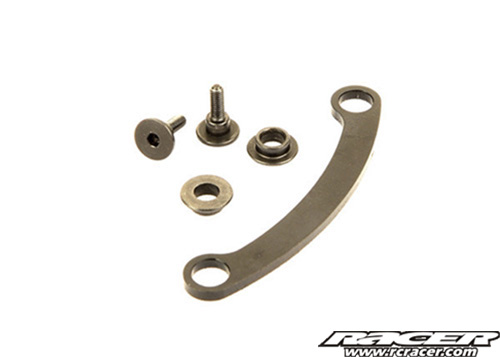
There are 3 different lengths for tuning the steering feel…
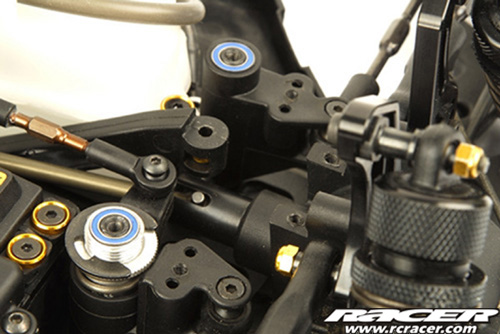
…and 3 sets of holes for them.
Shocks
“Bigger isn’t better, better is better.†That’s a quote I saw somewhere, and I just think it suits this topic well. Fioroni and HongNor made shocks which were slightly bigger than others, and they worked better. Then Losi made shocks a lot bigger than the others, with 15mm pistons, and they were even better. Suddenly everyone started making bigger and bigger shocks and at some point stopped thinking about how they work. In the past, cars were heavier, wider, and had small shocks, now they are lighter, more narrow and have big shocks – sounds backwards to me, and I think it is. I found what I believe to be the best size for a shock, on a light narrow, nimble car, 14.5mm piston diameter. I don’t believe in carrying any unnecessary weight around, and I want my suspension to respond to small bumps, as well as the big ones.
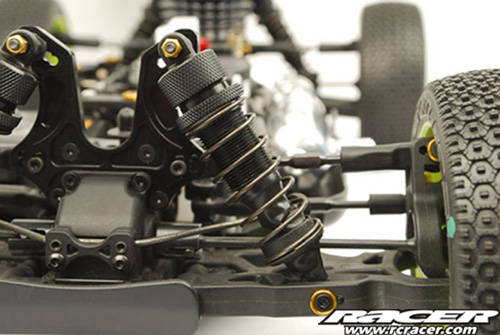
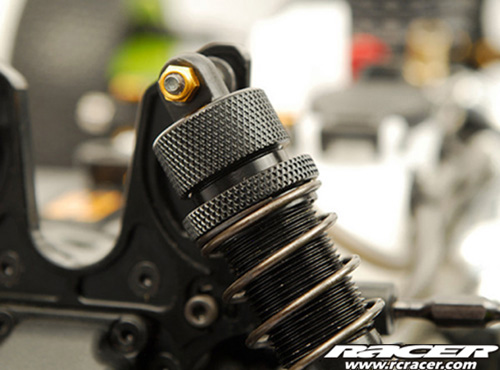
Radio Tray
I have always been of the opinion that it doesn’t matter how easy it is to remove the radio tray from the car, if you need an engineering degree and tweezers to change a servo once the tray is out. If I am at the track, and I want to change a receiver, transponder, servo, whatever, I do not want to have to remove the radio tray from the car in the first place. I want to just remove the component I want to change.
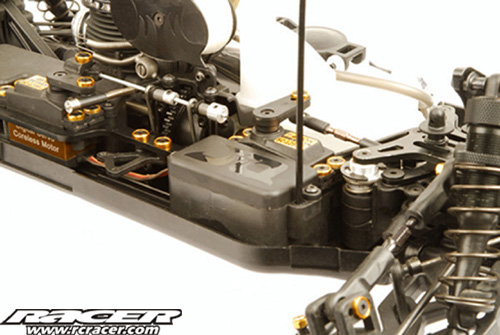
On the other hand, if I am cleaning the car, and I have to unscrew 7 screws instead of 4, to get the radio tray out, it will not make me mad. This is why I designed the radio tray in a way that it is easy to remove either servo, transponder, or battery, simply, without removing anything other than the part you want to change, and the receiver or battery box lids. There are no small parts or nuts to fiddle about with, no small openings for wires to go through, just a really simple layout.
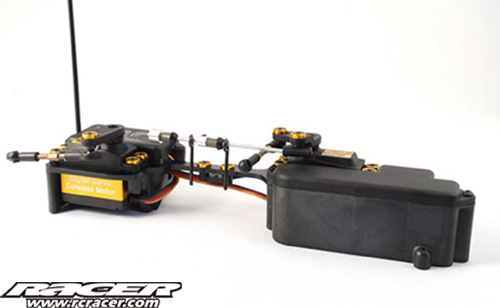
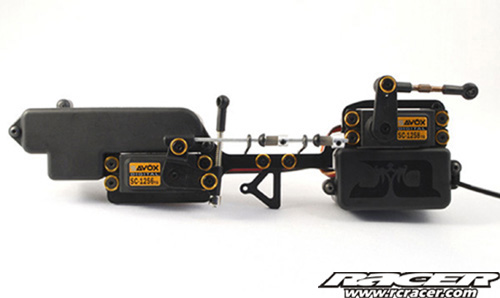
Source: JQ Products










